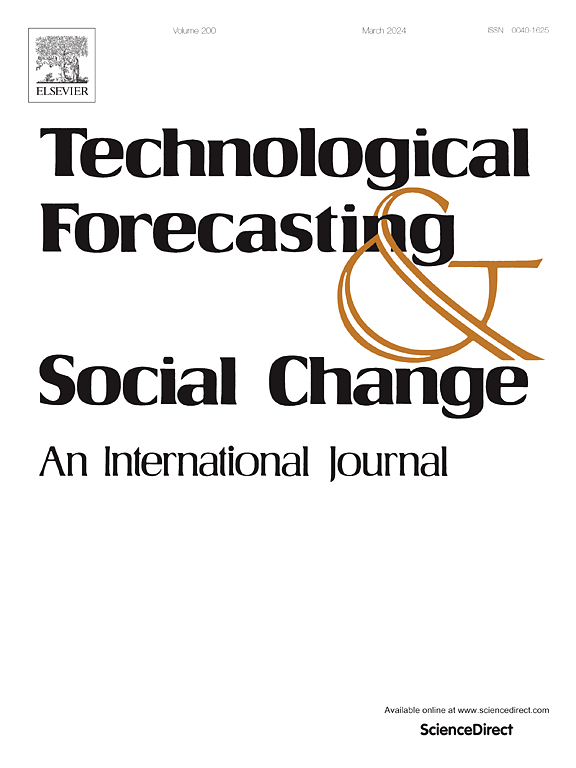Quantifying a firm's AI engagement: Constructing objective, data-driven, AI stock indices using 10-K filings
IF 12.9
1区 管理学
Q1 BUSINESS
Technological Forecasting and Social Change
Pub Date : 2025-01-02
DOI:10.1016/j.techfore.2024.123965
引用次数: 0
Abstract
This paper proposes an objective, data-driven approach using natural language processing (NLP) techniques to classify AI stocks by analyzing annual 10-K filings from 3395 NASDAQ-listed firms between 2010 and 2022. Each company's engagement with AI is classified through binary and weighted AI scores based on the frequency of AI-related terms. Using these metrics, we construct four AI stock indices—the Equally Weighted AI Index (AII), the Size-Weighted AI Index (SAII), and two Time-Discounted AI Indices (TAII05 and TAII5X)—offering different perspectives on AI investment. We validate our methodology through an event study on the launch of OpenAI's ChatGPT, demonstrating that companies with higher AI engagement saw significantly greater positive abnormal returns, with analyses supporting the predictive power of our AI measures. Our indices perform on par with or surpass 14 existing AI-themed ETFs and the Nasdaq Composite Index in risk-return profiles, market responsiveness, and overall performance, achieving higher average daily returns and risk-adjusted metrics without increased volatility. These results suggest our NLP-based approach offers a reliable, market-responsive, and cost-effective alternative to existing AI-related ETF products. Our methodology can also guide investors, asset managers, and policymakers in using corporate data to construct other thematic portfolios, contributing to a more transparent, data-driven, and competitive approach.
求助全文
约1分钟内获得全文
求助全文
来源期刊
CiteScore
21.30
自引率
10.80%
发文量
813
期刊介绍:
Technological Forecasting and Social Change is a prominent platform for individuals engaged in the methodology and application of technological forecasting and future studies as planning tools, exploring the interconnectedness of social, environmental, and technological factors.
In addition to serving as a key forum for these discussions, we offer numerous benefits for authors, including complimentary PDFs, a generous copyright policy, exclusive discounts on Elsevier publications, and more.

 求助内容:
求助内容: 应助结果提醒方式:
应助结果提醒方式:


